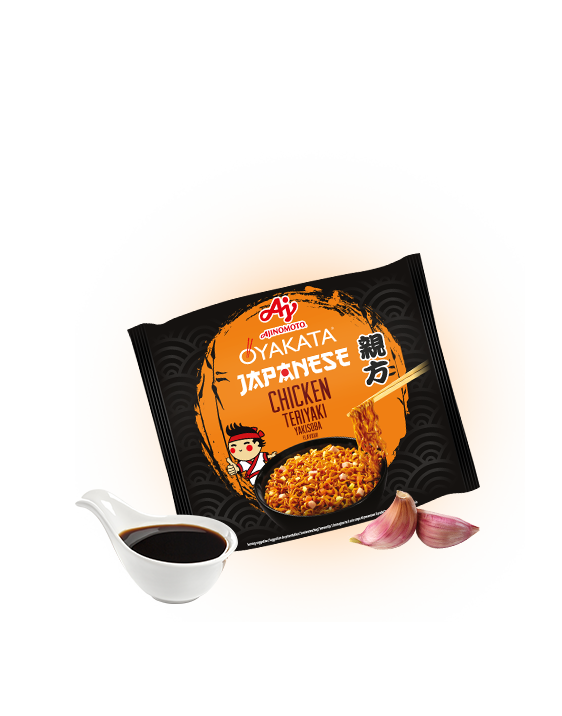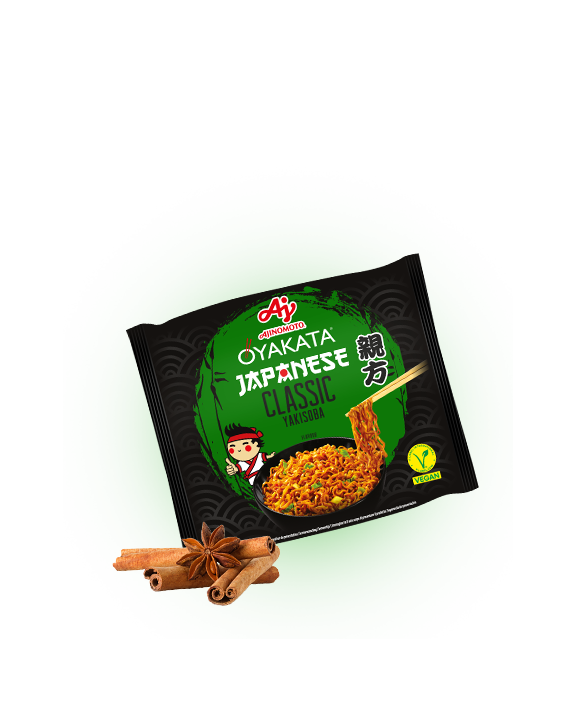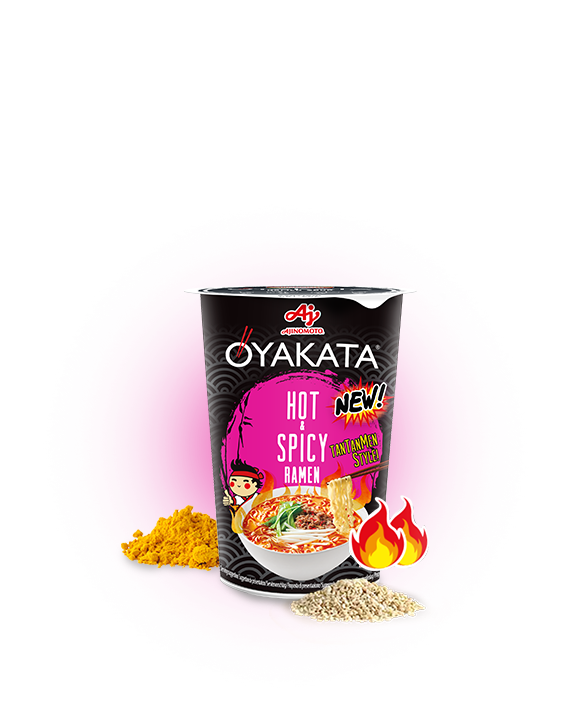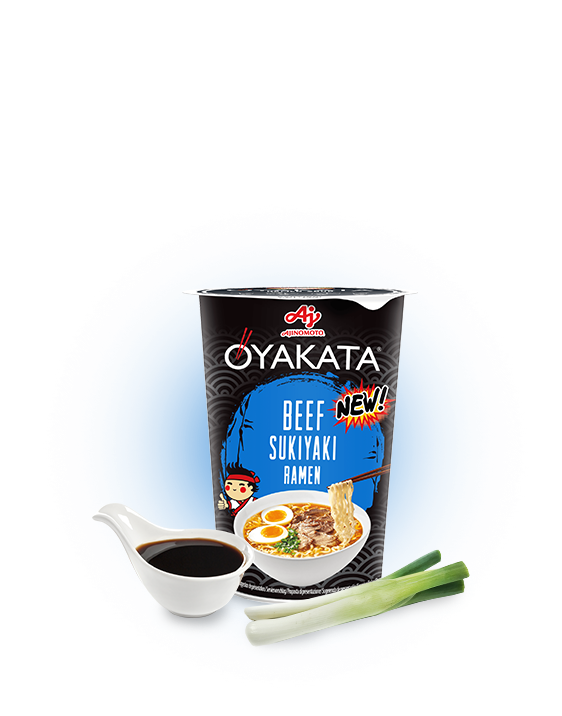

TSUKIJI – A FISH MARKET IN TOKYO
Fish market in Tokyo – history
The tradition of fish markets in Japan is almost 500 years old and dates back to the Edo period. This is when Nihonbashi, the first Tokyo market, started. In accordance with the regulation of the Shogun, Tokugawa Ieyasu, Japanese fishermen could catch fish in the waters surrounding the isles provided that they delivered their catch to the imperial court. Whatever remained after the delivery was sold to the local residents at stalls located along the Nihonbashi river. Developing throughout years, the market evolved into the central provisioning location not only for individual customers but also for restaurant or sushi-bar owners. The near-shore market operated uninterruptedly until the beginnings of the 20th century.
When in 1923 a tremendous earthquake hit the Kantō region and laid waste to a large part of the city, the Nihonbashi market was completely destroyed. The city authorities decided to change its location, and have it rebuilt in the Tsukiji district, situated between a commercial zone of Ginza and the Sumida river. A rebuilt market, opened in 1935, initially was geared towards wholesale. In time, merchants started to sell to individual customers are well, offering them high-quality produce, that could be either processed at home or was ready for consumption. Tokyo Metropolitan Central Wholesale Market – as Tsukiji is officially called – will soon change its location once more. Despite numerous controversies, it will be moved to Toyosu, an artificial island built in Tokyo, come autumn this year. The principal reasons behind the decision to relocate the market are the unsatisfactory conditions in its former location, the too small area, and disrepair of the building. It is also no secret that the land prices around Tsukiji have risen considerably and are a crucial factor in the city redevelopment plans.
World’s largest fish market
Today, Tsukiji is the largest wholesale fish market in the world, as well as one of the largest food markets worldwide. The culinary city employs ca. sixty thousand people, its annual income reaching up to six billion dollars. At the inner and outer market there are around 500 stalls and shops in total, attracting each year approximately 10 million tourists from all around the world. What is so magical about those fish stalls? What makes crowds of curious tourists visit Tsukiji each day at 2-3 a.m.?
Jōnai-shijō – the inner market
The inner market is a genuine kingdom of fish. Its numerous stalls offer about 400 different types of fish and shellfish. Some of them are offered for sale almost as soon as they are caught. The 3:30 a.m. catch is offered for sale already at 6:30 a.m. at Tsukiji.
What attacks tourists to the Tokyo market the most are famous tuna auctions, where carefully selected fish carcasses may be sold at sky-high prices (the most expensive tuna was sold at the New Year’s auction in January 2018 for a princely amount of 323 thousand dollars) The market present a unique option to see not only giant fish that we normally see as canned shreds but also to see Japanese chefs bidding excitedly for the most delicious morsels for their bars and restaurants. To attend an auction as an observer one needs to be on the spot long before the actual auction starts.
What to do to see the famous auction?
If you plan to visit Tokyo and would like to see the world’s most famous fish auction, there are a few details to remember to avoid disappointment and additional trouble.
1. The right address
The Tokyo fish market will continue to be held at its present location only till the beginning of October 2018. From 11th October on, auctions and the inner market commerce are most likely to take place at the new facilities of the Tokyo Metropolitan Central Wholesale Market on the Toyosu island.
2. First come, first served
– literally! Only 120 tourists are admitted each day to morning auctions. Tourists are divided into two batches, each batch allowed to stay in the hall for exactly 20 minutes. The first group goes in at 5:25 a.m., the other one at 5:50 a.m. If you are not a morning person, that time of day may be quite a challenge for you! There is no booking of places, so you need to arrive on the spot at least 2 hours in advance to be among the lucky ones to secure a spot. In the high season the queue starts to form as early as 1 a.m.!
3. Calendar and business hours of Tsukiji fish market
Tsukiji is open from Monday to Saturday. It happens quite regularly that it also closes on Wednesdays. It is advisable to consult one of local tour guides or a detailed timetable of the market online. The market opens at 3:30 a.m. for wholesale buyers and bidders, while the other visitors may visit the hall between 9 a.m. till 2 p.m.
4. Guided tours
Using services of a tour guide makes the entire enterprise much easier. A guide who is experienced and knows the ropes regarding the market rules will be able to tell which date is the best to visit the auction, and what time to start lining up. During the visit the tour guide will tell you more about the Tsukiji history and culture and can also recommend best places to have breakfast or will take you to a private sushi workshop afterwards.
5. Comfortable shoes and no flash photography
Since the entry to the auction is free, visitors are not treated as customers, thus they have to comply with the market rules in place. Flip-flops and stilettos should be left at a hotel, you will be better off wearing comfortable flat shoes, and when you are at the market do not protest against wearing a vest handed out by the staff. During the auction you are welcome to film and to take pictures but please do remember to turn flash off.
Jōgai-shijō – the outer market
Outside of the main hall, in the streets of Tsukiji there are countless little shops where everything can be bought that is needed to turn a recently auctioned fish into a delicious Japanese dish. Fresh vegetables, spices, kitchen utensils – each of the stalls focuses on its own narrow specialisation. Most of them have been run for years by successive generations of merchant families. It is their knowledge and experience, passed on from one generation to another that contribute to the unique quality of the shopping experience at Tsukiji. In a shop specialising in knives that are handmade according to ancient methods, buyers are both demanding chefs, and non-professionals, often overwhelmed with the numbers of models available. They can readily rely on sellers’ recommendations. At a stall selling kombu – dried seaweed – you can learn about different kinds of this oriental ingredient, its flavours and properties, and a seller of katsuobushi – dried and smoke tuna shreds – will tell you how popular Bonito flakes are made.
At the market, there are plenty of bars and little restaurants, which like stalls, are each known for a particular type of local delicacies. It is said that there is no need to look for a recommended place for a late breakfast or lunch – no matter which place you go to, you can be sure to find only the highest quality and the original taste of Japanese cuisine. “What we sell at Tsukiji is not just food.”- emphasises the owner of a small restaurant– ” it is trust that we have worked on for years”1.
Extraordinary culture of the Tsukiji fish market
The second to none quality of goods available at the Tsukiji stalls is connected with an extraordinary, almost mystical respect towards food, which has been passed on together with the specialist knowledge to successive generations of merchants. An attentive observes will easily spot symbols of a unique bond, hidden in the commercial lanes. One of them is located at the rear of the inner market – it is Namiyoke Inari, a Shinto shrine whose name literally means “protection from waves”. In front of tiger, dragon and lion figures, Tsukiji vendors ask gods for protection against floods and fires, and for good luck in business. At stall you can also find the kumade, elaborate talismans in form of miniature rake which is supposed to “rake in” good luck and fortune, especially financial one.
An important element of the Tsukiji culture are annual festivals. The so-called kitchen knife ceremony, when a chef wearing a special attire will carve a fresh fish with a traditional sharp knife, is a truly spectacular attraction of one of such festivals. The uniqueness of the ceremony follows from the fact that when deboning the fish, the chef is not allowed to touch it with his hand. Precise movements are done exclusively with a knife and metal chopsticks. The impressive ceremony is a token of gratitude towards nutrients, useful utensils and deities which bestow us with goods of nature.
Tokyo Metropolitan Central Wholesale Market – the future of Tokyo cuisine
The relocation of the famed market to modern, multi-storey building raises a lot of controversy. Many fear that the market’s unique atmosphere will be irretrievably lost, and the city will lose an important element of its identity and one of more valuable tourist attractions. Observing the extraordinary culture of Tsukiji and a community of generations of merchants who have supported one another, it is difficult to believe that anything could weaken such strong foundations of Tokyo cuisine. Which of merchants so attached to the tradition would risk breaking the trust he has worked many years to build?


















